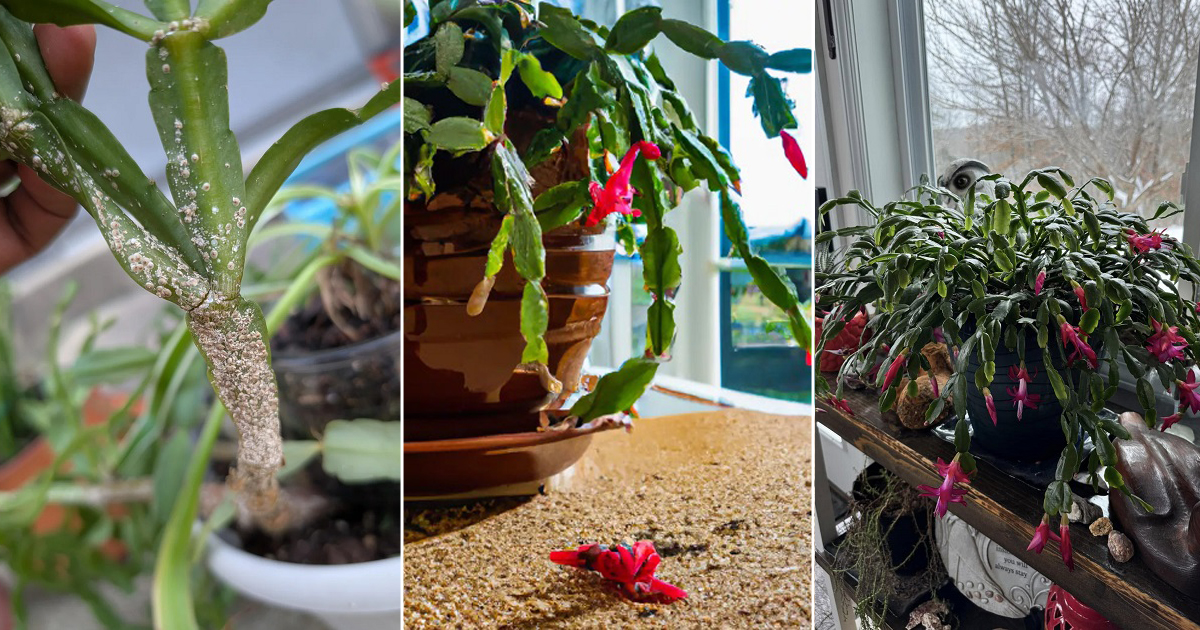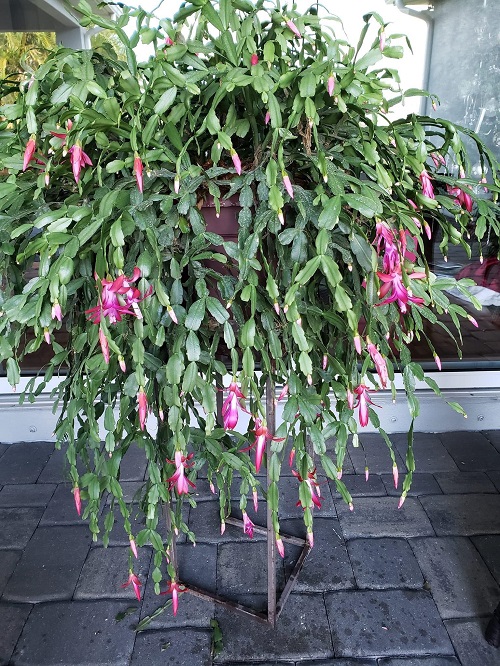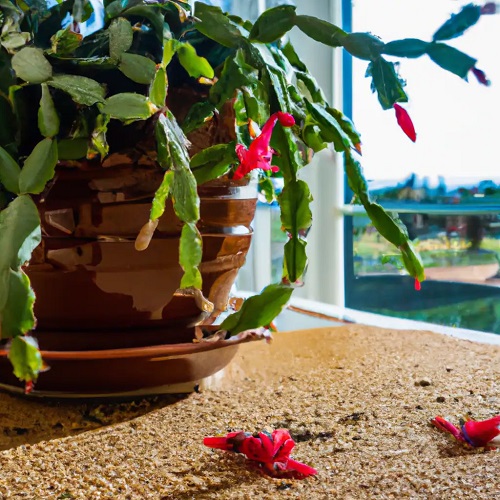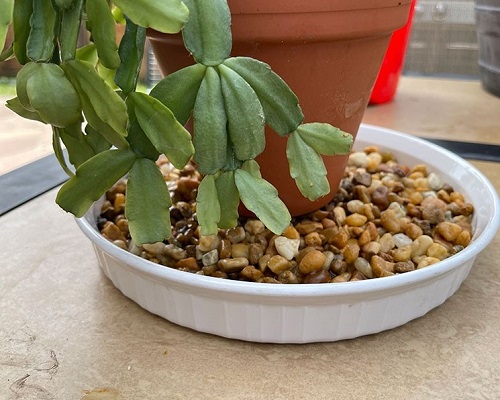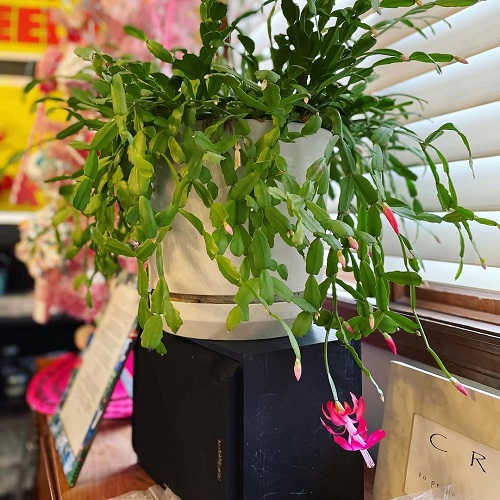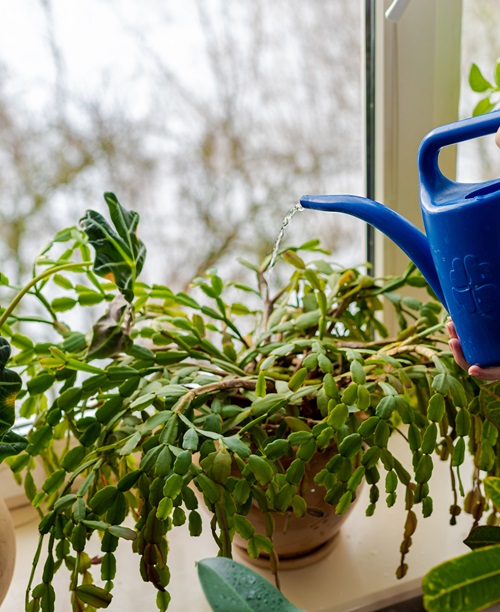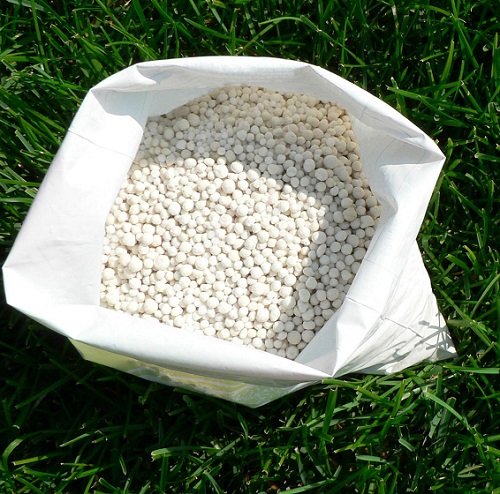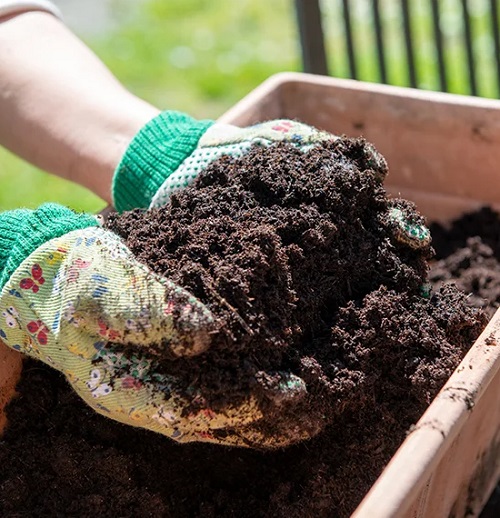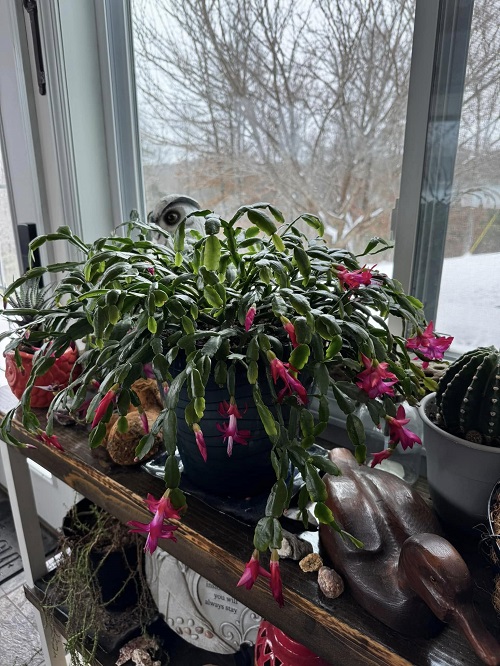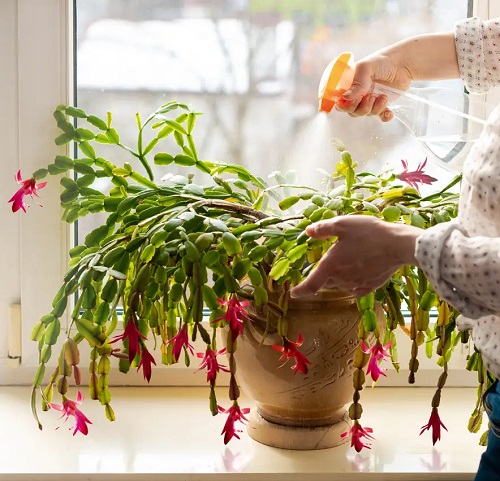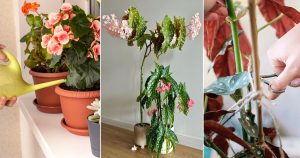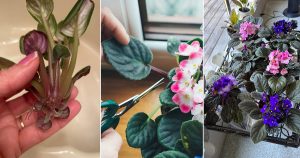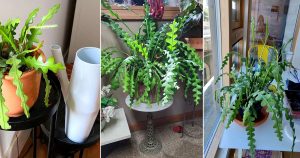Learn How to Stop Christmas Cactus Buds From Falling Off Before Blooming and help them flower beautifully this season.
Nothing is more upsetting for growers than seeing buds fall off. But with a few simple changes, your Christmas cactus can be full of flowers in time for the holidays. With the proper care, this plant can live and bloom beautifully for decades. True to its name, it produces lots of bright blooms that bring joy and colour to winter. That’s why it’s so disappointing when the buds start dropping. While healthy plants typically flower on time, some may experience difficulties. Here you can learn Learn How to Stop Christmas Cactus Buds From Falling Off Before Blooming.
Christmas Cactus Flowering Pattern
When a Christmas cactus starts dropping buds, it helps to understand the plant’s needs and how it naturally flowers.
Christmas cacti come from the tropical forests of Brazil. They are epiphytes, which means they grow on trees and rocks under thick forest canopies, using their aerial roots to absorb water and nutrients from the air and surroundings. The types we see during the holidays are “short-day” plants. To form buds, they need long nights of darkness—about 13 hours each night for eight weeks. This happens naturally in winter when the days are shorter.
Temperature and moisture also affect how well the plant can bloom.
Why are Buds Falling off My Christmas Cactus?
Most Christmas cacti are sold straight from greenhouses, where light, water, and temperature are carefully controlled. Once they are moved into a home, the sudden change can cause buds to drop. However, other problems can also be the reason.
How to Stop Christmas Cactus Buds From Falling Off Before Blooming
To identify the issue, growers must closely monitor the plant and eliminate potential causes one by one. The most common reasons for Christmas cactus buds falling off include:
1. Lack of Humidity
Besides watering, you should also check the humidity. Since Christmas cacti originate from the tropics, they grow best in 50–60% humidity, which is higher than the typical humidity level in most homes. They can handle a little less, but very dry air can cause buds to drop.
To raise humidity, you can use a small humidifier, mist the plant, or place the pot on a tray filled with water and pebbles. Just make sure the soil and roots don’t sit directly in the water.
2. Incorrect Temperature
Wrong temperatures—or sudden changes—can affect how well a Christmas cactus makes flowers.
In the summer, the plant can tolerate warmer weather in the 80s, but in fall and winter, it requires cooler temperatures between 60–65°F (15–18°C). This cooler range helps the plant produce buds.
If the temperature becomes too warm or changes quickly, the plant may stop growing properly or go into shock, which often causes buds to fall off. The same problem can happen indoors if the cactus is placed near heaters, vents, or drafty windows.
3. Watering Problems
Watering your Christmas cactus correctly is crucial if you want to produce a profusion of flowers. Maintain a regular watering schedule, but allow the soil to dry out completely between waterings.
If the soil gets too wet or too dry too quickly, the plant can become stressed, which may cause buds to drop or delay blooming. Watering is essential when the plant is growing and just before it starts to flower in winter.
If you think the plant is too dry, give the soil a deep soak, then let it dry before starting a new routine. However, don’t make the mistake of overwatering to compensate. Too much water can cause root rot, one of the main reasons houseplants die. If this happens, remove the plant from its pot, let it dry for a day or two, and then repot it.
Check the soil every few days to ensure optimal growth. Stick your finger into the top inch or two. If it feels moist, don’t water yet. If it feels dry, it’s time to water. Always let extra water drain out fully before putting the pot back in its tray or cover.
4. Overfeeding
Too much fertilizer can make a Christmas cactus produce more blooms than it can support, causing some buds to drop. This is normal and occurs in many fruiting plants as well.
The best fertilizer for houseplants is a balanced feed, such as 20-20-20, but use it at half the normal strength. Apply it once a month from spring through summer. You can also give Epsom salts, diluted in water, once a month during spring and summer to help with magnesium, but do this on a different week than fertilizing.
When September comes, stop fertilizing or switch to a low-nitrogen fertilizer. Too much nitrogen will cause the plant to grow numerous green leaves but few flowers.
5. Poor Soil Fertility
Old potting soil can cause a Christmas cactus to become deficient in essential nutrients like nitrogen and magnesium, which are crucial for healthy growth. When this happens, the leaves may turn yellow, and the plant may start to wilt.
If the plant remains stressed for too long, it can lose buds or fail to bloom altogether.
Repotting with fresh soil provides the cactus with the necessary nutrients to recover and thrive. The best mix is approximately two-thirds regular houseplant soil and one-third sand, perlite, or vermiculite to enhance drainage.
6. Improper Light
Light is one of the most important things for a Christmas cactus to grow well. These plants like bright but indirect light during the day.
The best spot is near an east- or west-facing window, where the light is gentle.
Before flowering, the cactus needs long nights of darkness to form buds. Starting in September or early October, ensure it receives 13–14 hours of darkness every night. This usually happens naturally as the days get shorter in winter, but if light is interrupted, the plant may not form buds. If needed, place the plant in a closet at night or cover it with a box or cloth.
During the day, provide it with approximately 10 hours of bright light, but keep it away from harsh sunlight, especially from south-facing windows. Once buds appear and start opening, you can stop the extra darkness routine.
7. Pests
If your Christmas cactus was outside during the summer, it might have brought pests indoors.
Small insects that suck sap can make the plant weak, slow its growth, and cause buds to drop. Common pests include aphids, mealybugs, mites, scale, and whiteflies.
To get rid of them, wipe the leaves with a cotton ball dipped in alcohol, or spray the plant with insecticidal soap once a week. You can buy a ready-made spray or make your own. Neem oil also works well against most sap-sucking pests.
8. Disease
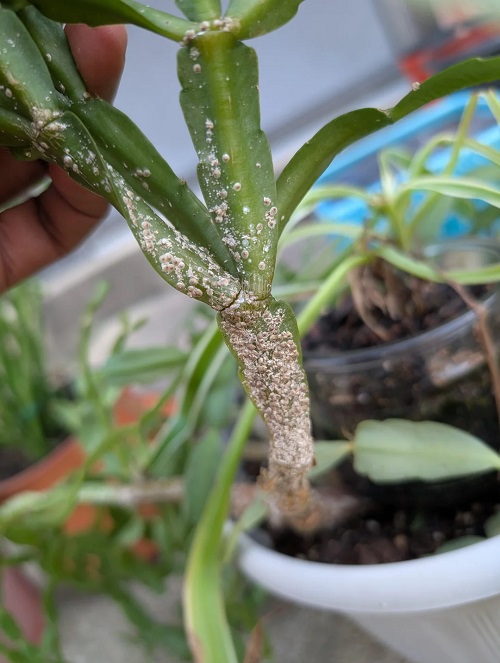
In the worst case, bud drop can be a sign of a disease affecting your Christmas cactus. To catch it early, watch the plant closely for any changes in appearance and act quickly.
Fungal infections, often caused by overwatering, can harm both the flowering and overall health of plants. Bud drop from disease usually accompanies other signs, such as rot, spots, yellowing or browning leaves, or mold.
If the disease is the cause, treat the soil with a fungicide and repot the plant in fresh, sterile soil. Take this opportunity to remove any diseased roots or parts.
If you catch it early, the plant may recover. However, if it continues to deteriorate, you might need to discard it. You can propagate a new plant from root cuttings to regrow it.

